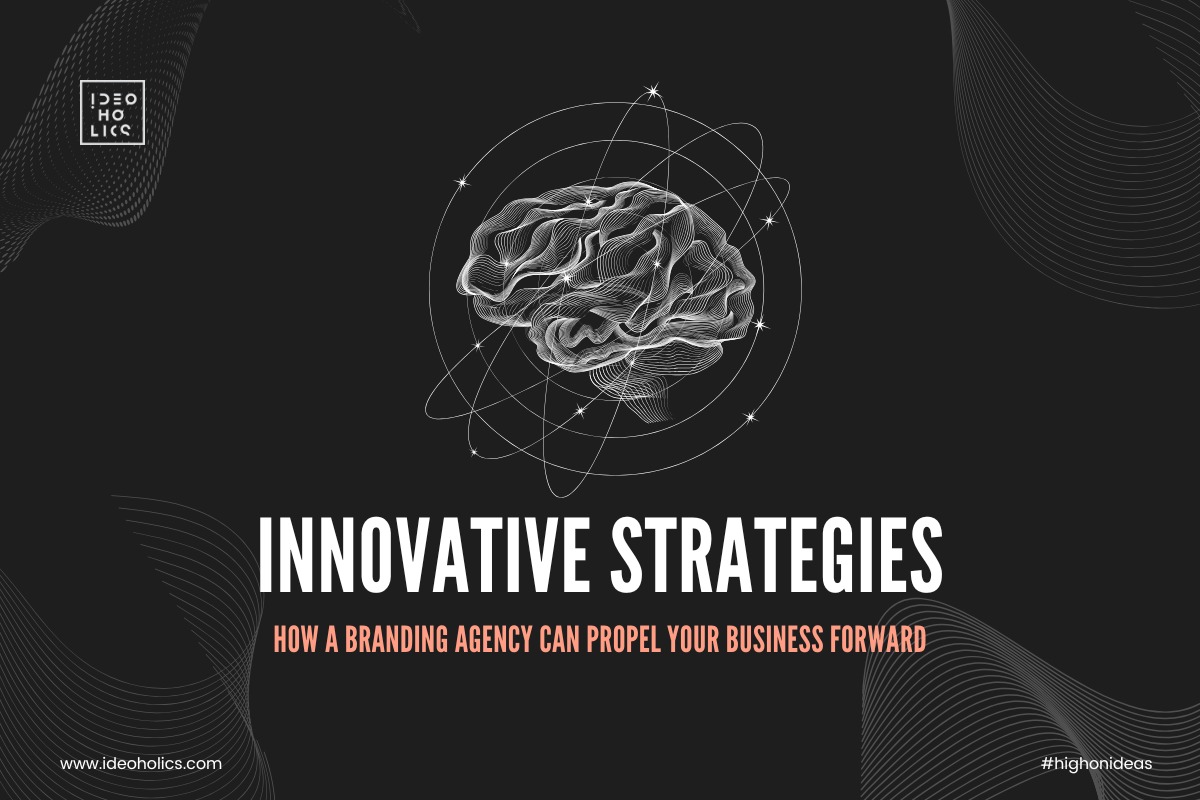
Brand Identity vs Brand Strategy – The Interplay Between Perception and Execution
Understanding the distinction between brand identity and brand strategy is crucial for creating a successful brand. Both concepts are intertwined but serve different purposes in the overall branding process. Here is a detailed breakdown of each and how they interact:
Brand Identity
Definition: Brand identity encompasses the visual and verbal elements that represent a brand to the public. It includes the tangible components that make up the brand’s appearance and communication style.
Components:
- Logo: The graphic symbol or emblem that represents the brand.
- Color Palette: Specific colors used to convey the brand’s personality and evoke certain emotions.
- Typography: The fonts and typefaces used in brand communications.
- Imagery: The style of images and graphics that align with the brand’s visual language.
- Tone of Voice: The style and personality of written and spoken communication.
- Packaging: The design and functionality of product packaging.
Purpose:
- To create a recognizable and memorable visual and verbal representation of the brand.
- To communicate the brand’s values, personality, and positioning to the target audience.
Impact on Perception:
- Brand identity directly influences how consumers perceive the brand. A strong, cohesive identity can establish credibility, differentiate the brand from competitors, and create an emotional connection with the audience.
Brand Strategy
Definition: Brand strategy is the comprehensive plan for how a brand will position itself in the market, how it will be perceived by consumers, and how it will achieve its business objectives over time.
Components:
- Brand Positioning: Defining the unique value proposition and the brand’s place in the market relative to competitors.
- Target Audience: Identifying and understanding the demographics, needs, and behaviors of the brand’s ideal customers.
- Brand Values and Mission: Articulating the core values and mission that guide the brand’s actions and communications.
- Brand Messaging: Crafting key messages and storytelling elements that communicate the brand’s purpose and benefits.
- Competitive Analysis: Understanding the competitive landscape and how the brand can differentiate itself.
- Goals and Objectives: Setting measurable goals for brand awareness, market share, customer loyalty, and other relevant metrics.
Purpose:
- To provide a strategic framework for building and managing the brand over time.
- To guide decision-making and align brand activities with business objectives.
Impact on Execution:
- Brand Strategy influences how the brand identity is developed and applied. It ensures that the identity supports the brand’s positioning and strategic goals, and that all brand communications and interactions are consistent with the overall strategy.
Interplay Between Brand Identity and Brand Strategy
- Alignment:
- Strategy Guides Identity: Brand strategy informs the creation of brand identity elements. For example, if a brand strategy emphasizes eco-friendliness, the identity might include green colors, sustainable materials, and messaging focused on environmental responsibility.
- Identity Supports Strategy: A well-designed brand identity should reflect and reinforce the brand strategy. It should visually and verbally express the brand’s positioning and values.
- Consistency and Cohesion:
- Identity Consistency: Maintaining consistency in brand identity across all touchpoints (e.g., logo, packaging, website) is essential for building recognition and trust. This consistency should align with the brand strategy’s goals.
- Strategic Cohesion: All brand communications and activities should be cohesive and support the brand strategy. This ensures that the identity elements are used effectively to achieve the strategic objectives.
- Feedback Loop:
- Strategic Adjustments: The success of brand identity in achieving strategic goals can lead to adjustments in the brand strategy. For instance, if the brand identity is not resonating with the target audience, the strategy may need to be refined.
- Identity Evolution: As the brand strategy evolves, the brand identity may need to be updated to reflect new positioning, values, or market changes.
- Consumer Perception:
- Identity Influences Perception: The visual and verbal elements of brand identity shape how consumers perceive the brand. This perception must align with the brand strategy to ensure that the brand is perceived as intended.
- Strategy Ensures Alignment: A clear brand strategy helps ensure that the brand identity aligns with consumer expectations and market demands.
Implementing Both Effectively
- Develop a Clear Brand Strategy: Start by defining the brand’s strategic goals, target audience, and positioning. Use this information to create a comprehensive brand strategy.
- Design an Aligned Brand Identity: Based on the brand strategy, develop a visual and verbal identity that embodies the brand’s values and positioning. Ensure that all identity elements are consistent and support the strategy.
- Integrate and Communicate: Apply the brand identity consistently across all touchpoints. Ensure that all communications reflect the brand strategy and contribute to achieving strategic goals.
- Monitor and Adapt: Continuously evaluate the effectiveness of the brand identity in supporting the brand strategy. Be prepared to make adjustments to both the strategy and identity as needed based on market feedback and performance.
By understanding and managing the interplay between brand identity and brand strategy, you can create a cohesive and impactful brand that resonates with your target audience and supports your business objectives.







